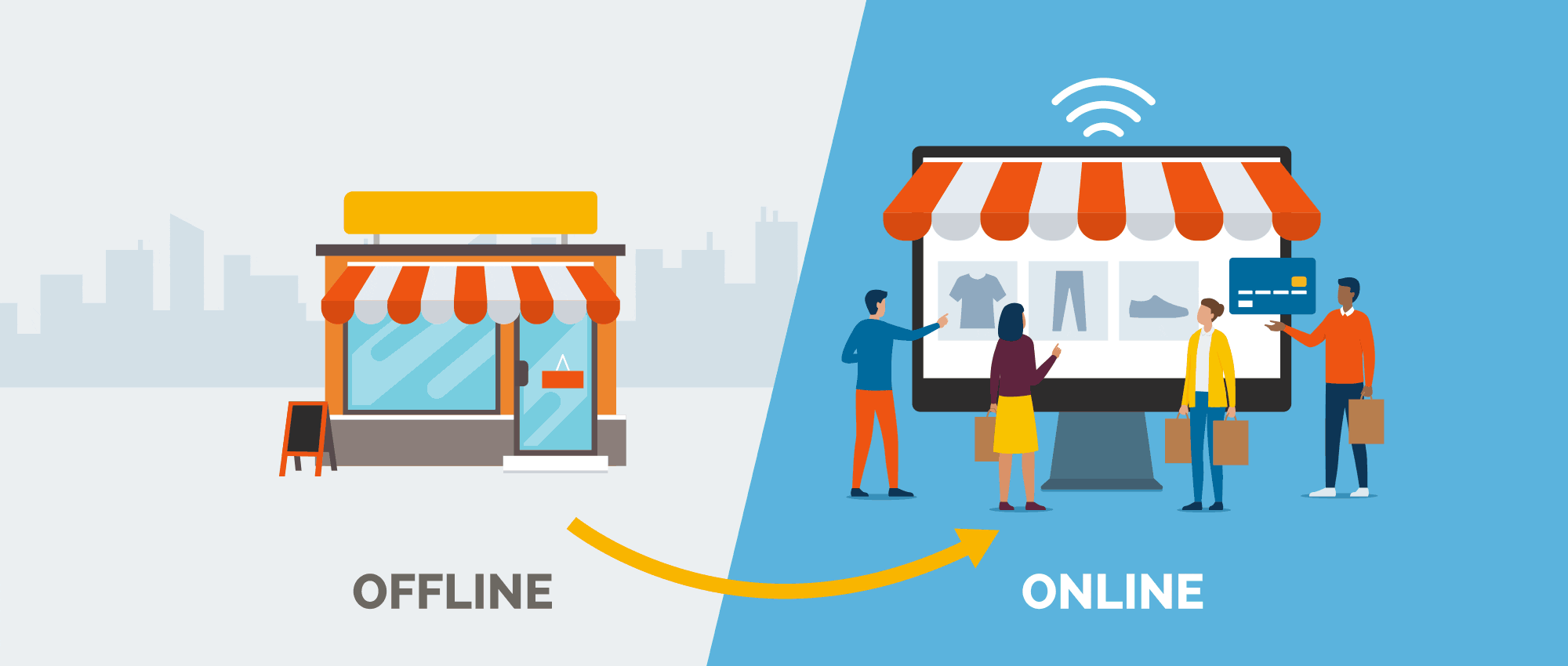
Article
The Importance of User Experience in Website Design
PUBLISHED:January 8, 2021
UPDATED:November 22, 2023
The term User Experience – or UX to use it’s commonly used acronym – has been around for quite some time. Its modern usage goes back as far as the 80s, or even further depending on what articles you read.
But it’s generally agreed that it wasn’t until Dr Donald Norman – Apple’s then ‘User Interface Architect’ – changed his job title to ‘User Experience Architect’ and started to use the term widely within company meetings, that the idea of ‘User Experience’ as a focus for product designers and interface designers really took off.
What is User Experience (UX)?
It’s important that we mention Apple Computers when talking about User Experience, because until 1984 – when Apple launched the Apple Macintosh 128K computer to the masses – computers were largely interacted with by typing lines of code. It wasn’t until the creation of System 1.0 (the earliest Mac OS to feature the Finder), that it was possible to use a mouse to interact with folders on a “desktop”.
At this point in time, the internet did not exist (at least not in its recognised form), and the likes of the iPhone & iPad were decades away from being conceived. But a revolution had started.
Microsoft quickly followed Apple with its first version of Windows, leading to a tech war that’s lasted years and now includes companies such as Google.
Spawning multiple versions of computers, music players, smartphones, tablets and more, these tech giants are forever refining their products with the goal of being the best at what they do.
A large part of the refining process centres around the interface that we use to interact with these devices. How easy are they to use? How do we feel when we use them? Is it easy to navigate the environment they have created, or worse, get lost within a multitude of menus and windows? This is the User Experience.
Why is User Experience (UX) Important?
So far we have talked about UX mainly in terms of product design. But before we all had touch-screen devices in our hands, we were interacting with another type of digital interface. That of a website.
User Experience and Web Design go hand-in-hand. In fact, the importance of UX and UI within web design is growing exponentially due to the amount of time we spend online. Couple that with the 10-second rule and you’ll start to see why having a good UX & UI strategy is of paramount importance.
The idea that you can lose visitors from your website within just 10 seconds of them arriving is frightening. You’ve probably spent thousands on your website and would be forgiven for feeling it was all a waste of money if you’re failing to gain enough enquiries or sell enough products.
But all is not lost. Rather than start again from scratch, you do have the option of reviewing the effectiveness of your website using tools such as Hotjar.
Along with Google Analytics, these tools will give you a good idea of how users are interacting with your website. Where they are clicking and where the drop-off points are.
From the data that you gather about your website, you can start to make small changes that deliver big improvements.
Top 5 website UX improvements
- Improve your website navigation – Remember Miller’s Rule and don’t overload your navigation with too many options. Focus the users’ attention and drive them to the pages/sections that are of most value.
- Reduce unnecessarily long forms – The more information that you request from a user, the more likely they will abandon a form. Including those found on e-commerce checkout pages.
- Size, colour and position of call-to-actions – If you have placed a button on a page, the chances are that you want someone to click it, so make sure it’s obvious.
- Removing unnecessary clutter – If you want the user to perform a particular action, such as adding a product to a basket, our advice is to remove all other distractions from the page. Remove those links to out-of-date blog posts!
- Increase page speed – Yes, page speed also impacts the user experience. So, make sure your code and images are optimised to deliver pages quickly. Remember the three-second rule!
How UX and Web Design are More Intertwined Than Ever
The fact is that UX has always been a part of web design. It’s just that we’ve only recently been thinking about UX as a discipline in its own right.
In years past, web designers would likely dive straight into the creative process. They may sketch some page layouts on a pad, but the lions’ share of their time would be spent in Photoshop creating beautiful visuals. Aiming for visual pleasure above all other factors.
Nowadays we can easily spend more time producing wireframes and discussing how the website should be structured than we do designing page templates. This is because we now know the value that this process brings to the end product, which is a website that will be more engaging and generate more income for the client.
As a web design agency, we fully understand that budgets for website design and development can be tight, especially during challenging times. But it’s worth spending a little time and money upfront to get the right UX & UI in place. A small investment now will mean larger savings moving forward.
As a user, you would want your web browsing experience to be seamless and enjoyable. Your customers want this too.
Our top 5 Benefits of Designing Websites with Customers in Mind
- Increased Website Engagement and Interactions – Quite simply, if a user has a pleasurable experience when visiting a website, they’re likely to browse that site for longer and return again when they are looking for similar services or products.
- Building Trust & Loyalty with your Customers – By creating an environment that’s intuitive and easy to use, you’re communicating a level of professionalism and quality that will build advocacy for your brand.
- Boost Conversion Rates – If you’re not getting the level of enquiries from your website that you would like, the chances are that you need to review the user journey. Focus on the key pages which are tasked with driving new enquiries.
- Improving Online Sales – Make it easy for customers to find what they want and make the checkout process smooth & speedy. Reducing points of friction during the customer journey will greatly boost purchases.
- Saving Development Costs – If your website is not performing as well as it can, you may not need to completely redesign & build. You may just need to improve the usability of some key pages, using data from Google Analytics to highlight problem areas and measure the result when you have made changes.
How We Can Create User-Friendly Websites
The team at LWDA have been in the web design & development business for over 15 years. We consist of design specialists (with roots in branding), developers ( building off-the-shelf & bespoke solutions), project managers (all ex-designers or developers) as well as specialists in SEO, VR and other emerging technologies.
We work closely with our clients to understand their business and their goals. It’s this information that informs the architecture of the websites we build and the UX we deliver.
We partner with existing businesses such as Headmasters Hair Salons that are looking to revamp their website with improved UI & UX. We also work with startups and entrepreneurs who are launching new services, such as De Havilland Gin and Caranday Electrics.
Drop us a line if you’re looking to have a new website built for your brand or need help improving the UX of your existing site. We’ll be happy to discuss things in more detail and look forward to hearing from you.
Website User Experience: Additional Reading
If you’re struggling to understand why your website is failing to convert customers, you may want to read our article 7 reasons why your website isn’t working and how to improve it.
We hope you have found this article useful and that you’ll come back soon for more tips and insights.
Need help with the UX of your website?





